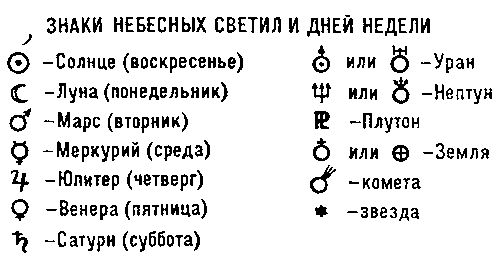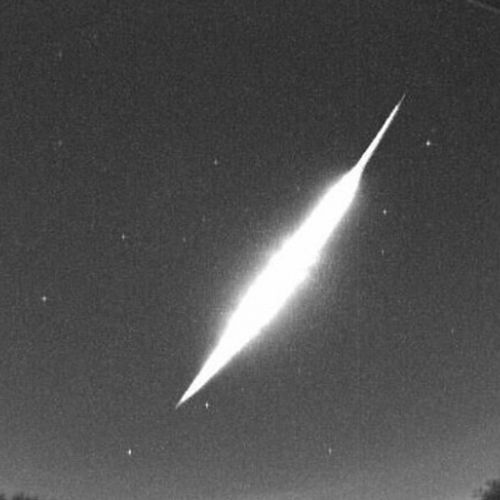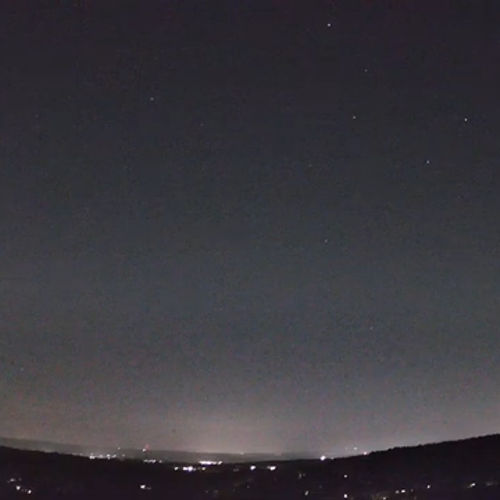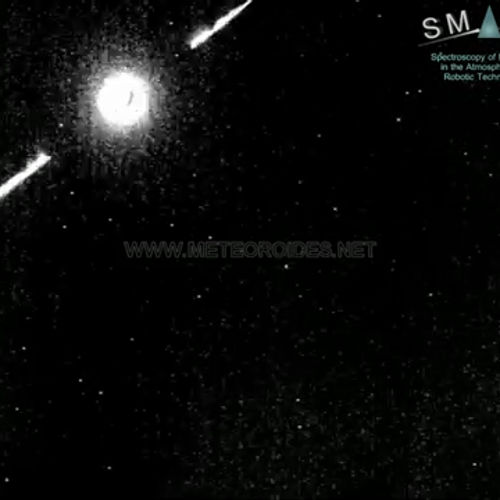
| Added | Fri, 23/11/2018 |
| Источники | |
| Дата публикации | Fri, 23/11/2018
|
| Версии |
Comet — a celestial body, often accompanied by spectacular reddish "tail" — throughout history have caused humans a wide range of feelings. To the delight of the "tailed stars" was mixed with fear of the fatal events that was believed in antiquity and the middle Ages, signified the appearance of a comet in the sky. Now about the comets know much more: they are small celestial bodies orbiting the Sun. More facts about the celestial guests — in our collection.
1. The lander Philae took more than ten years to reach comet 67P / Churyumov — Gerasimenko the spacecraft "Rosetta".
2. Apparatus in which the Pentagon made the journey to the comet got its name in honor of the Rosetta stone — a huge slab of granodiorite, discovered in 1799 in Egypt near the town of Rosetta. On the plate was stamped three of the same text content in different languages. Due to the fact that one of the texts was written in Greek, scholars were able to decipher fragments in ancient Egyptian language. He Philae was named after the Nile island of Philae, which was discovered the obelisk.
3. The letter P in the name of the comet indicates the frequency of its returns (circulation period of less than 30 years). Non-periodic comets (or a period of more than 30 years) contain in its name the letter C; the lost comet can be distinguished from others by the letter D in the name.
4. The first periodic comet is Halley's comet (official name 1P/Halley). The assumption of its periodicity was made by the English astronomer Edmund Halley in 1705.
5. Comets are composed of dust, rock and ice.
6. The comet's tail formed by dust particles and ice propelled by the solar wind.
7. The word "comet" comes from the Greek word κομήτης, which means "long-haired".
8. Throughout history comets were considered harbingers of misfortune. The murder of Julius Caesar, the plague in Europe in XIV century and the defeat of king Harold II Godwinson at the battle of Hostings was associated with the appearance of comets.
9. Halley assumed that the flood was caused by a comet collision with the Earth.
10. To refer to comets there is a special symbol.
Translated by «Yandex.Translator»
The astronomical signs
Translated by «Yandex.Translator»
Новости со схожими версиями
Log in or register to post comments









